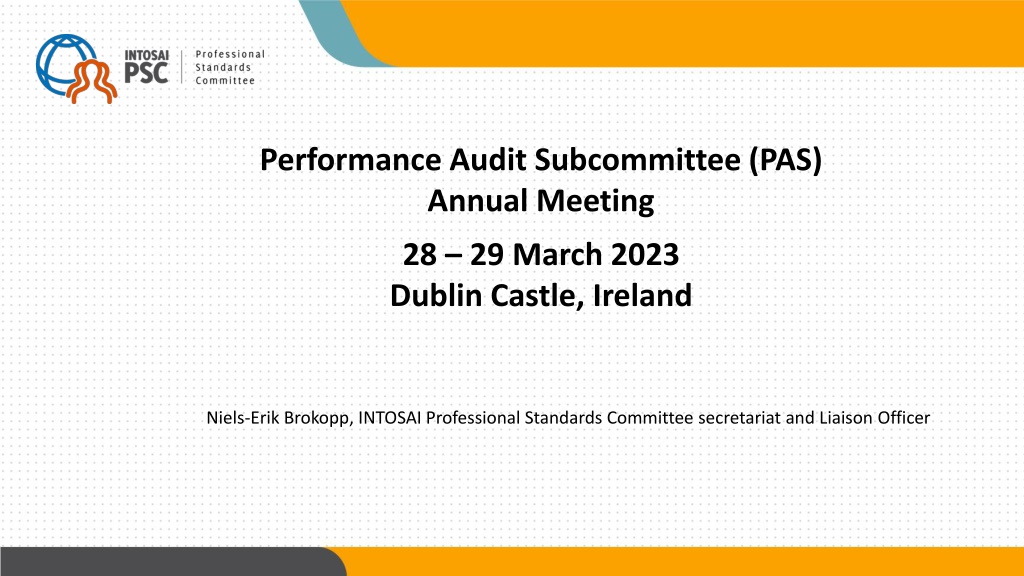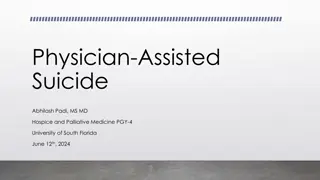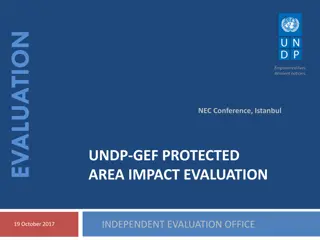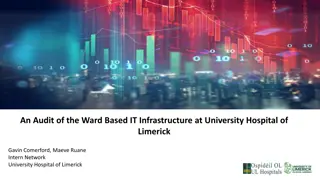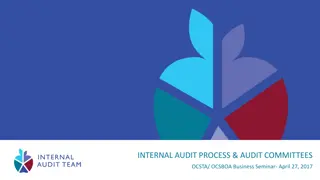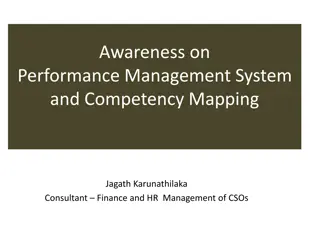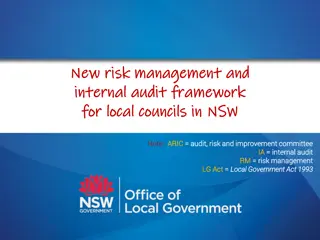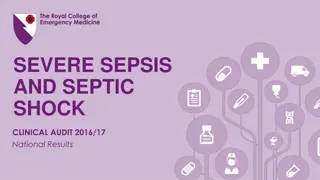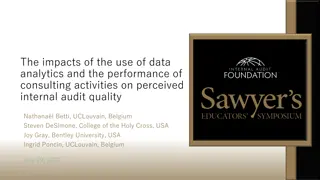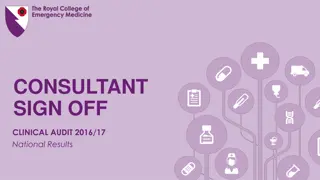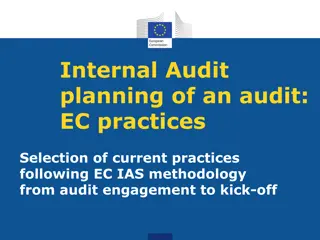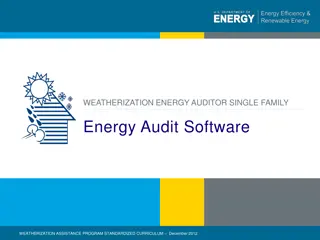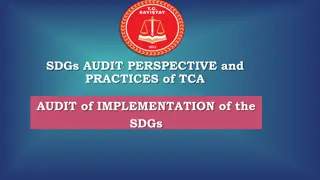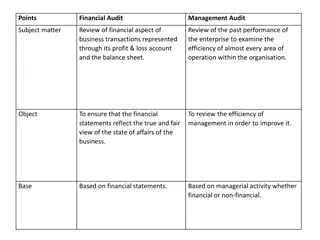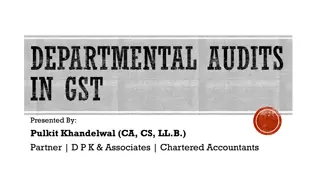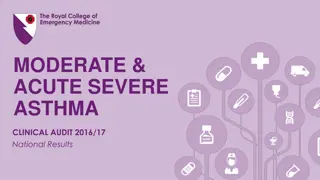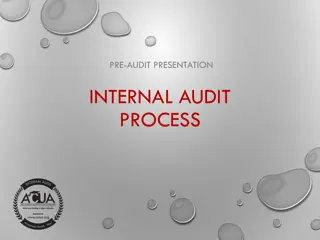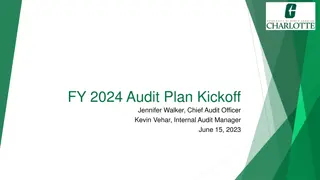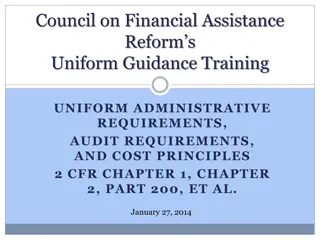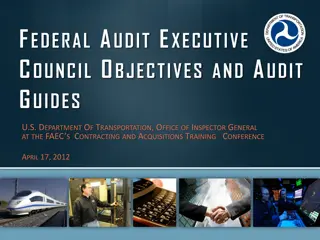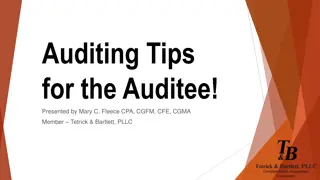Performance Audit Subcommittee (PAS)
The Performance Audit Subcommittee (PAS) Annual Meeting in Dublin Castle, Ireland will focus on key outcomes, initiatives, and professional standards to ensure quality audits and enhance credibility. The agenda includes discussions on the frameworks of professional pronouncements, clarity, and relevance for public sector auditing. Stay updated on the latest developments and best practices in the field.
Download Presentation

Please find below an Image/Link to download the presentation.
The content on the website is provided AS IS for your information and personal use only. It may not be sold, licensed, or shared on other websites without obtaining consent from the author.If you encounter any issues during the download, it is possible that the publisher has removed the file from their server.
You are allowed to download the files provided on this website for personal or commercial use, subject to the condition that they are used lawfully. All files are the property of their respective owners.
The content on the website is provided AS IS for your information and personal use only. It may not be sold, licensed, or shared on other websites without obtaining consent from the author.
E N D
Presentation Transcript
Performance Audit Subcommittee (PAS) Annual Meeting 28 29 March 2023 Dublin Castle, Ireland Niels-Erik Brokopp, INTOSAI Professional Standards Committee secretariat and Liaison Officer
Agenda A competent framework Component 1 main outcomes Moving forward with the SDP The initiatives Other news from the PSC
Agenda A competent framework Component 1 main outcomes Moving forward with the SDP The initiatives Other news from the PSC
Framework of Professional Pronouncements Ensure the quality of the audits conducted. Strengthen the credibility of the audit reports for users / stakeholders. What is the purpose of an auditing standards framework? Enhance transparency of the audit process. Specify the auditor s responsibility in relation to the other parties involved. Define engagements and their related concepts the different types of audit Provides a common language for public sector auditing.
Agenda A competent framework Component 1 main outcomes Moving forward with the SDP The initiatives Other news from the PSC
Clarity To be clear requires clarity and consistency in: A framework that is easily understood, unambiguous and not open to misinterpretation Drafting style (short, active sentences) Concepts and their meaning Structure and presentation of material The review of the IFPP found: Drafting style often overly elaborate and inconsistent. A lack of clarity in concepts and consistency in their application. Inconsistent and sometimes illogical structure and presentation of material
Relevance To the relevant the framework needs to: Cover key tasks most SAIs do. Reflect on how SAIs do their work. Be up-to-date and timely in providing content. A framework that covers key organisational issues and tasks that many or most SAIs are required to do The review of the IFPP found: Much material concerning audit work is covered. An increasing amount of non-audit work SAIs do not covered (even indirectly). Material separated by audit type, whilst most audit work integrates different audit objectives. Lengthy and complex development process makes it difficult to keep the framework up-to-date.
Robustness To be robust the framework needs to: Underpinned by technically sound material Clear terms in what must be achieved Clarity what it means to apply or comply with the framework A framework that is technically strong and leads to reliable results The review of the IFPP found: Material technically robust, but can be difficult to identify or access. No clarity about how to calibrate the principles, requirements and other content for optimal output. Confusion about what it means to claim compliance with the framework.
Non-compliance with ISSAIs Ranking of reasons for non-compliance with ISSAIs (% of 129 SAIs) 50 45 40 Source: IDI Global Stocktaking Report 2020 35 30 25 20 15 10 5 0 Insufficient capacities or resources to implement al the requirements We do not cover all the tyopes of audit in the INTOSAI Principles & Standards We face contradictory legal constraints We do not consider that all the requirements are necessary INTOSAI Standards & Principles do not cover all the types of audit we undertake We sometimes have difficulty in understanding the requirements
Accessibility To be accessible the framework needs to: Use up-to-date methods in presenting content Be consistent in form and extent Be searchable A framework that is available to all users in ways that suit their needs The review of the IFPP found: Material available in national or working language of most users, but translation problems. Material presented in static, not easily searchable documents, little cross-referencing. Advantages of modern presentation methods not used.
Strengths on which to build Strong material based on a strong and inclusive standard setting process. Appreciation of ISSAI 100. A framework widely known and used across the community. Potential and desire to make the framework clearer, more relevant, more robust and more accessible to benefit users.
Agenda A competent framework Component 1 main outcomes Moving forward with the SDP The initiatives Other news from the PSC
Agenda A competent framework Component 1 main outcomes Moving forward with the SDP The initiatives Other news from the PSC
Agenda A competent framework Component 1 main outcomes Moving forward with the SDP The initiatives Other news from the PSC
New PSC chair and secretariat Introducing the new PSC chair and secretariat PSC Chair: Ms Iliana IVANOVA (ECA) PSC Vice-chair Mr Bruno DANTAS (TCU) PSC secretariat Niels-Erik, Alan, Radek, Heika (ECA) Paula, Raisa, Hellen, Alice, C ntia (TCU)
PSC steering committee meetings 2023 22nd meeting of the PSC-SC Spring meeting: 28 June 2023) online only 23rd meeting of the PSC-SC Autumn meeting: 27 & 28 September in Luxembourg and online
